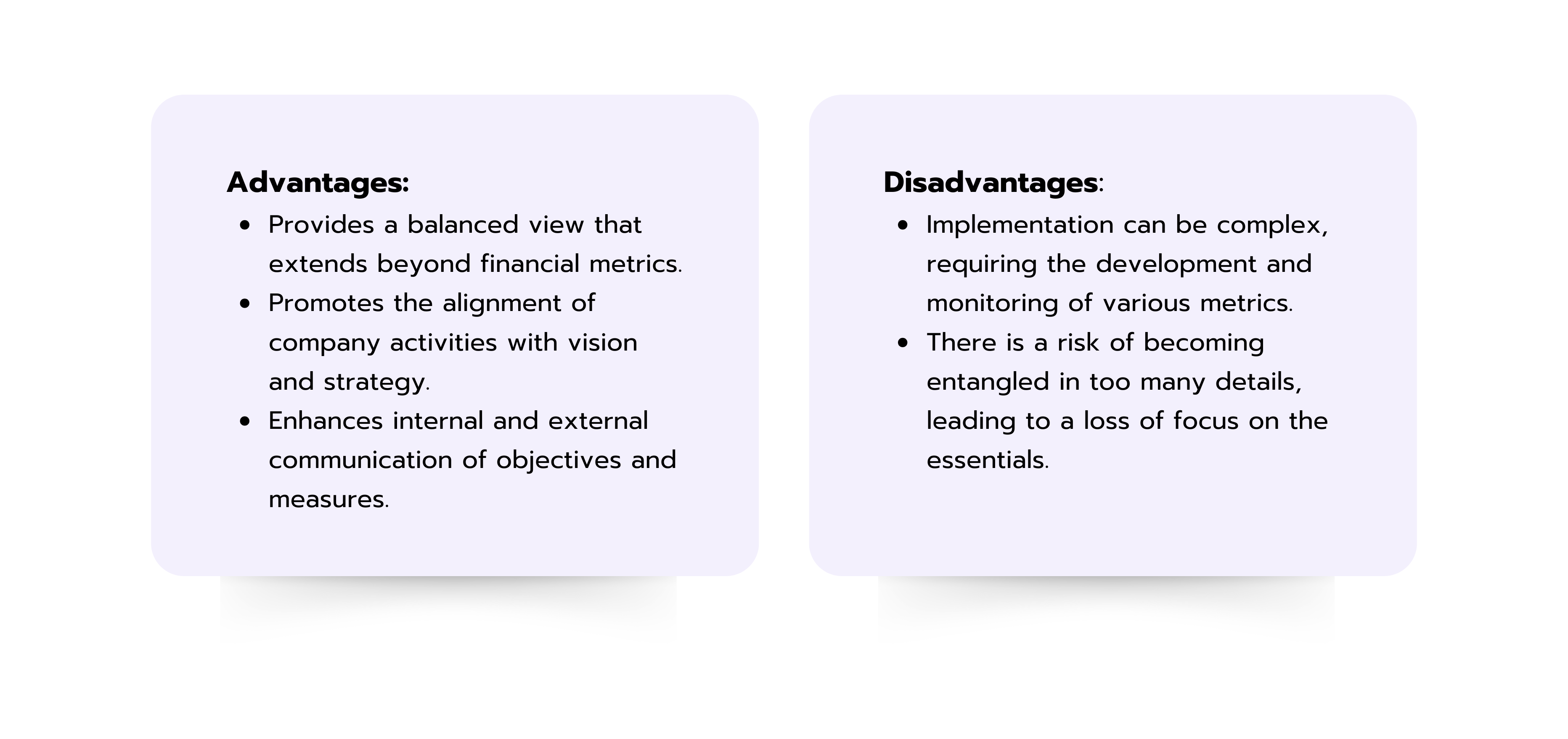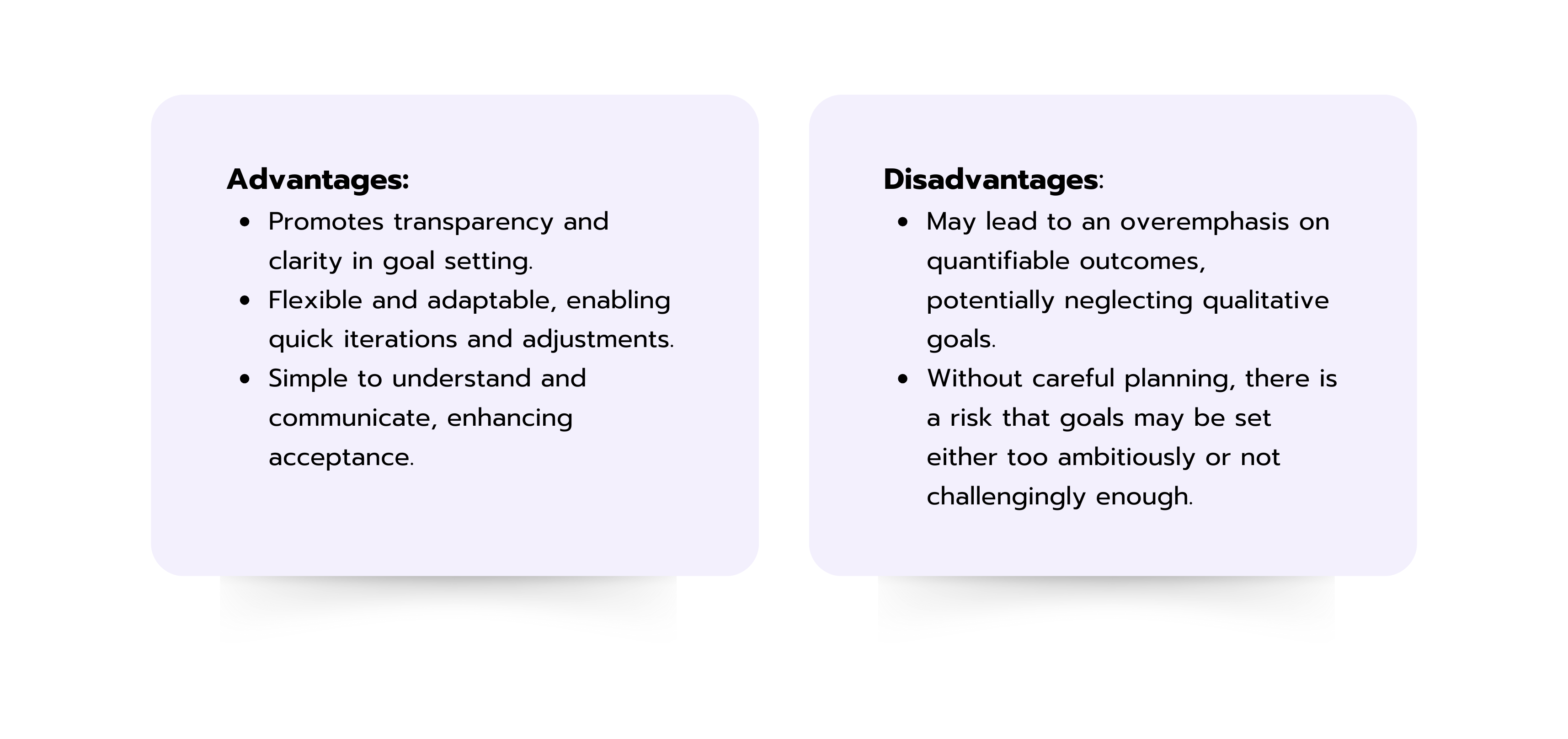The Hoshin Kanri Matrix is a clever way to steer corporate goals and to understand how large organizations implement their strategies. In this article, you'll get an overview of this tool and how you can use it in a case interview.
Historical Background
The Hoshin Kanri Matrix has its roots in post-war Japan and became known as part of Toyota's revolutionary production system, which also produced the Kanban system. Although Hoshin Kanri and Kanban are different management tools, they share the philosophy of continuous improvement and efficiency enhancement that made Toyota one of the most innovative car manufacturers of its time.
Toyota was a pioneer in applying principles that are known today as Lean Management. The Hoshin Kanri Matrix emerged in this innovative environment and helped the company link its long-term visions and goals with daily activities and decisions. It was a decisive factor in enabling Toyota to set standards not only in production but also in strategic planning and goal setting.
Core Principles and Practical Insights
The Hoshin Kanri Matrix is based on several core principles that are crucial for understanding its functioning and its practical application at Toyota.
Core Principles:
- Vision and Goal Setting:
Everything starts with a clear vision. At Toyota, this vision is broken down into specific, measurable goals that the company wants to achieve. - Cascading of Goals:
The goals are then "cascaded" through the various levels of the company. This means that the overarching goals are divided into smaller, department- and team-related goals, all aligned with the end goal. - Participative Management:
Toyota places great importance on the involvement of employees at all levels in the goal-setting process and in reviewing progress. This promotes engagement and accountability. - PDCA Cycle (Plan-Do-Check-Act):
This cycle is the backbone of continuous improvement at Toyota. Each step is carefully planned, implemented, reviewed, and adjusted to ensure that the goals are met.
Practical Insight into the Process at Toyota
At Toyota, the Hoshin Kanri Matrix is applied in an annual cycle that begins with setting the company vision and strategic goals.
Here's an insight into the process:
- Annual Planning:
At the beginning of the year, the long-term goals of the company are reviewed and converted into annual goals. These are then translated into concrete actions required to achieve these goals. - Goal Cascading:
The annual goals are passed on to the various departments, which then set their own specific goals to contribute to the achievement of the company's goals. - Monthly Reviews:
Every month, there are reviews where teams present their progress towards the goals. This allows for early identification and addressing of issues. - Annual Review:
At the end of the year, a comprehensive review is conducted to assess the extent to which the goals have been achieved and to draw lessons for the planning of the next year.
This structured approach allows Toyota to use its resources efficiently and ensures that all activities are aligned with the overarching corporate goals. The Hoshin Kanri Matrix serves as a guide that helps maintain focus while allowing room for adjustments and improvements.
Comparison with Other Strategic Tools
Compared to other frameworks like the Balanced Scorecard or OKRs, Hoshin Kanri offers a more integrative approach that supports the alignment of the entire organization with core goals. It is particularly useful when it comes to linking long-term visions with short-term actions.
Balanced Scorecard (BSC):
The Balanced Scorecard is a strategic planning and management system that organizations use to communicate their vision and strategy across a broad spectrum of performance indicators that include financial, customer-related, internal process, and learning/growth perspectives.

Objectives and Key Results (OKRs):
OKRs are a goal-setting framework that defines objectives and their measurable outcomes (Key Results) to track progress and align teams.

These tools are not mutually exclusive and can often be used in combination to provide a comprehensive strategic analysis. Each tool has its strengths in certain contexts, and it's important to choose the right tool for the specific strategic question.
The Hoshin Kanri Matrix in the Case Interview
In case interviews, candidates are expected to quickly grasp complex business problems, analyze them in a structured way, and present effective solutions. The Hoshin Kanri Matrix can serve as a powerful tool to organize your thoughts and develop a clear action plan.
Here are some case types and structuring possibilities where the Hoshin Kanri Matrix can be particularly useful:
- Strategy Development:
For cases requiring the development of a corporate strategy, you can use the Hoshin Kanri Matrix to ensure that the proposed strategy aligns with the company's long-term goals and that there are clear actions to achieve these goals. - Organizational Change:
When faced with a case that requires comprehensive change within the organization, the Hoshin Kanri Matrix can help identify and prioritize key initiatives to drive the change and ensure alignment with overarching goals. - Performance Management:
In cases focused on improving operational performance, the Hoshin Kanri Matrix can help define key performance indicators and create a framework for regular reviews and adjustments. - Product Development:
In product development cases, you can use the Hoshin Kanri Matrix to ensure that product development initiatives are aligned with the company's strategic goals and that there are clear responsibilities and timelines.
Alternative Structuring Options
- Issue Trees:
Issue Trees are logical frameworks that help break down a problem into its components. They can be used to develop and test hypotheses and to ensure that all aspects of a problem are considered. - MECE Principle (Mutually Exclusive, Collectively Exhaustive):
The MECE principle is an approach to structuring information that aims to avoid overlaps while ensuring that all relevant aspects are considered. It is particularly useful to ensure that your analysis is complete and well-organized. - Hypothesis-Driven Approaches:
In some cases, it is more effective to start with a strong hypothesis and then collect data to confirm or refute it. This approach can save time and shows that you are able to come to an informed opinion based on limited information.
Challenges and Limitations of the Hoshin Kanri Matrix
The Hoshin Kanri Matrix is a powerful tool for strategic planning and alignment, but it does not come without challenges and limitations.
Here are some points you should consider:
- Complexity in Implementation:
Successful implementation of the Hoshin Kanri Matrix requires a high degree of discipline and commitment from all levels of an organization. This can be difficult to achieve in practice, especially in large or decentralized companies. - Time Investment:
Developing and reviewing Hoshin plans can be time-consuming. Companies must be willing to invest the necessary time to regularly review and adjust the plans. - Cultural Adaptation:
Hoshin Kanri requires a culture of openness and continuous learning. In a culture that does not tolerate mistakes or where departmental silos prevail, it can be difficult to implement Hoshin Kanri effectively. - Excessive Focus on Long-Term Goals:
While the long-term orientation of Hoshin Kanri is beneficial, it can lead to overlooking short-term opportunities and threats. - Resource Allocation:
The matrix can lead to resources being directed to areas that are strategically important, but may not necessarily represent the most urgent needs or the best short-term opportunities for the company.
Conclusion
The Hoshin Kanri Matrix is a tool that can create strategic clarity and alignment. It promotes a culture of continuous improvement and helps focus a company's efforts on its most important goals.
For aspiring consultants, it is important to understand the strengths and weaknesses of the Hoshin Kanri Matrix and to know when and how it is best used.
In case interviews, knowledge of such tools and the ability to apply them appropriately can be a decisive advantage. It shows that you not only have the necessary theoretical knowledge, but are also able to implement this knowledge practically and adapt it to the specific needs of each case.
